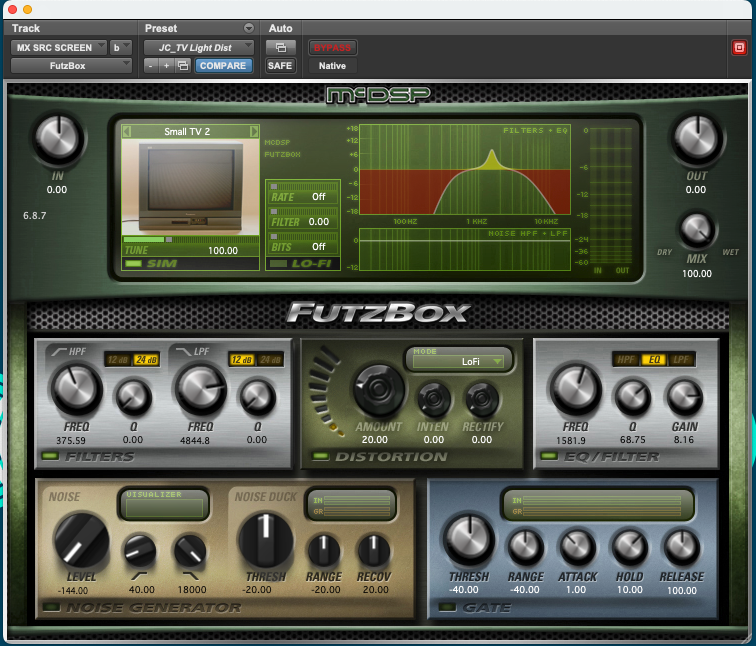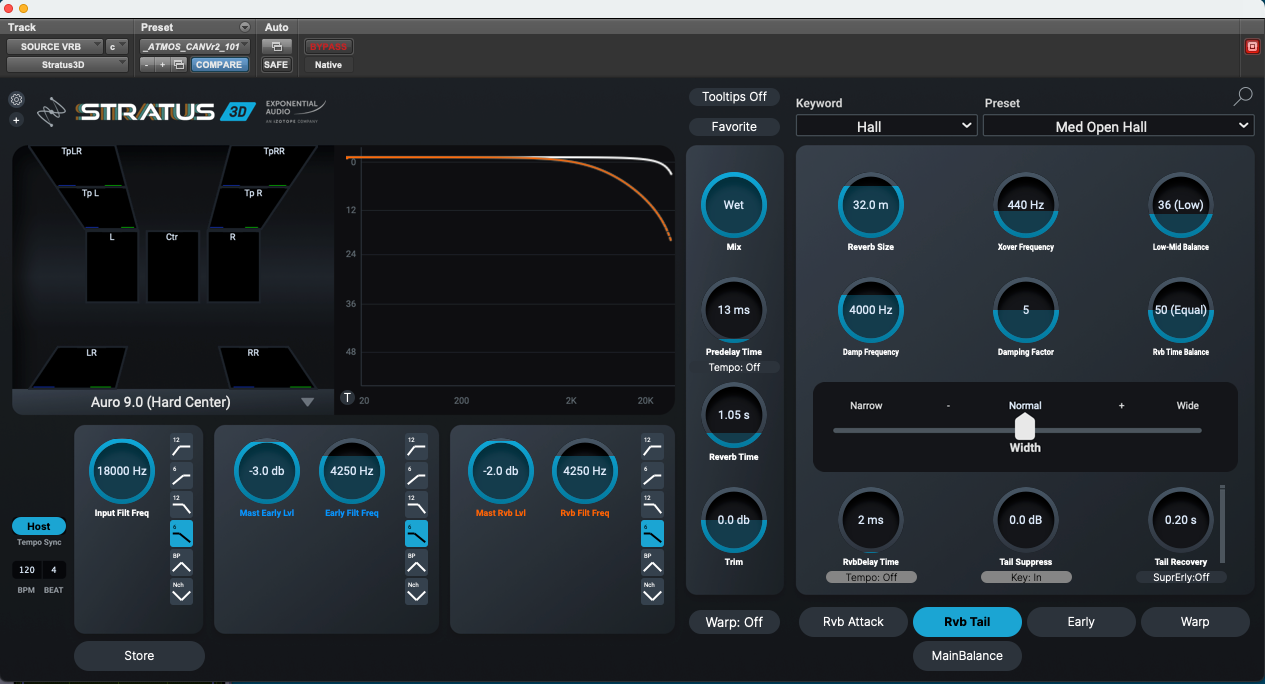We are excited to continue our Music Mixing Basics for TV & Film series. All month long, experienced Boom Box Post re-recording mixers Jacob Cook, Kate Finan and Jeff Shiffman are tackling a wide variety of approaches to post-production music mixing.
One of my favorite aspects of sound mixing is building up the ambient sound in the universe of each show and sculpting it all together into a cohesive sonic world. Diegetic music is one piece of the soundscape puzzle that is often misunderstood by new editors and mixers. Diegetic means that the element exists within the world of the characters, and is able to be heard or seen by them. This contrasts with the non-diegetic musical score, which exists outside of their world and is not heard by them.
The key to my mixing approach is to consider the purpose of the music. Does this music represent action happening on screen? Or is its purpose to contribute to the sonic landscape of a particular location? These factors will all influence your approach. With that in mind, check out my favorite tips for mixing diegetic music.
Consider the Source
It is essential to keep in mind where inside the show the music is originating from. You will need a certain approach for a character playing an on screen musical instrument versus the muzak echoing around the grocery store. Keep in mind the direction, distance and purpose of the music you are mixing.
Pan Appropriately
If the sound source is on screen, like a musical instrument or a phone speaker, I will fold the relevant music channels down into the center channel. This helps tie the music to what is happening on screen, rather than leaving it in the nebulous space of the musical score.
Alternatively, if the music is meant to surround the characters, such as speakers in the ceiling of a store, keep the music panned wide and throw some back to the rears.
Futz Liberally
If the diegetic music in question is playing out of a speaker or some other device, it’s important to futz it. Futzing means to degrade the quality of the sound so that it sounds as if it is being played through the on screen device in question. For example if a character is listening to music on a cell phone, you might roll off a lot of low frequencies and add a touch of distortion. Programs like Futzbox by McDSP help to take the guesswork out of futzing with very useful presets.
Sprinkle in some Space
The last piece of this puzzle is Reverb. In order to sell that the sound is in the same space as the characters, we need to make sure it reverberates in a similar way to the dialogue and sound effects. This can be as subtle as a touch of room verb on the acoustic guitar someone is playing, or as extreme as slathering a boomy warehouse reverb onto that grocery store muzak. If the sound is originating off screen, like the aforementioned muzak, you can really go for it and use the music and its reverberation as an additional texture in your ambient sound palette.
As always the best mixing approach is the one that serves the story, so be sure to consider how the music supports the story and don’t get lost in the futzing sauce!
Do you have a particular technique or plugin that is essential for your music mixing? Let us know in the comments!
If you enjoyed this blog, check out these:
THE ART OF DIALOGUE EDITING FOR ANIMATED TV
HOW TO GET TO KNOW YOUR SFX LIBRARY
RECREATING CLASSIC CARTOON SOUND EFFECTS






